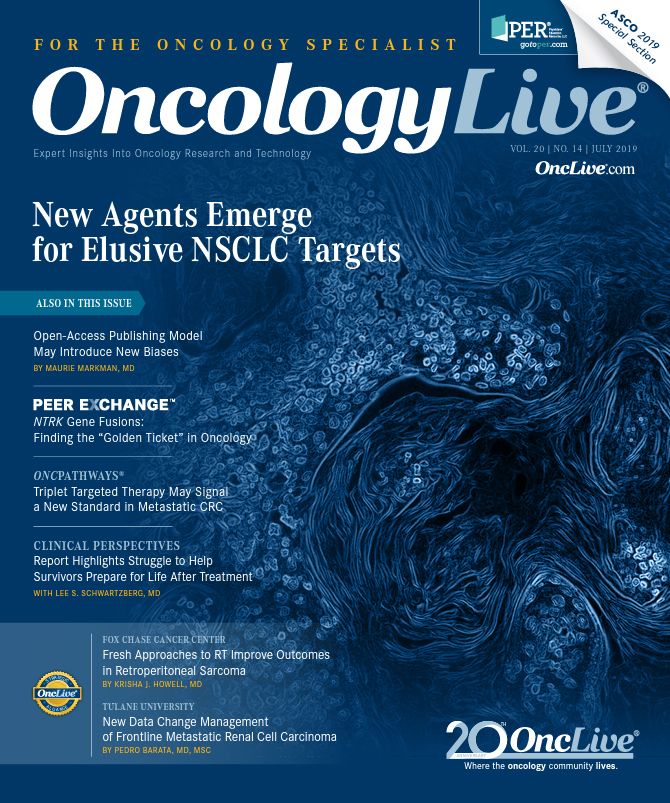Publication
Article
CMS Unveils Proposed Radiation Oncology Model of Care
Author(s):
Until now, radiation oncology (RO) has remained largely untouched by the valuebased initiatives of the Centers for Medicare and Medicaid Services. The federal agency aims to change that with a proposed RO Model of care that would promote site-neutral payment and take away incentives for volume-based billing.
aca

Until now, radiation oncology (RO) has remained largely untouched by the valuebased initiatives of the Centers for Medicare and Medicaid Services (CMS). The federal agency aims to change that with a proposed RO Model of care that would promote site-neutral payment and take away incentives for volume-based billing. Radiotherapy (RT) providers and suppliers in randomly selected areas would be required to participate in the episode-based payment plan, which would apply to the treatment of 17 types of cancer.1,2
CMS intends to launch the model in 2020 and aims for a 3% savings, or roughly $250 million, on current Medicare billing. The pilot would continue 5 years.
Under the proposed model, beneficiaries could continue to select the RT provider or supplier of their choice. A core innovation involves payment structure: Providers who treat a Medicare beneficiary would receive prospective, episode-based payments for RT services provided during 90-day episodes of care instead of standard Medicare fee-forservice payments. CMS intends to divide these episode payments into 2 categories: a professional component (PC) and a technical component (TC). The PC payment applies to the RT services performed by physicians; the TC payment covers all costs associated with services not furnished by a physician, such as equipment, personnel, and supplies. Physicians could participate in an advanced alternative payment model through the Quality Payment Program.
As a potential solution to the payment and coding challenges it faces for RT services, CMS unveiled the proposed RO Model on July 10. As it stands now, services fulfilled in freestanding RT centers are paid for under the Medicare Fee Schedule, and these payments are generally lower than for services rendered in hospitals’ outpatient departments and are paid in accord with the Hospital Outpatient Prospective Payment System. CMS said this may encourage providers and suppliers to deliver services through the costlier of the 2 systems.
In addition, CMS hopes to align payments for services to quality and value and reduce the incentive for unnecessarily high-volume care. “These incentives are not always aligned with what is clinically appropriate for the beneficiary,” CMS said in a statement.1
The American Society for Radiation Oncology (ASTRO) said in a release that it strongly opposes the mandatory nature of the proposed model. “ASTRO has longsupported voluntary participation in a radiation oncology APM [Alternative Payment Model], and we are very concerned about launching a model that requires mandatory participation from such a large number of radiation oncology practices at the outset. Given the significant change and rapid implementation of the model, forcing some unready practices to participate while at the same time prohibiting others that are well prepared is problematic.”2
ASTRO stated that “with modifications, the model has the potential to incentivize higher-quality, more convenient radiation treatments for patients.”
References
- Proposed Radiation Oncology (RO) Model. CMS.gov. cms.gov/ newsroom/fact-sheets/proposed- radiation-oncology-ro-model. Published July 10, 2019. Accessed July 11, 2019.
- CMMI radiation oncology alternative payment model “RO Model” proposed rule summary [press release]. Arlington, Virginia: American Society for Radiation Oncology; July 11, 2019. astro.org/News-and-Publications/ What-is-Happening-in-Washington/ 2019/CMMI-Radiation-Oncology- Alternative-Payment-Model. Accessed July 12, 2019.









